
OR
Women’s representation
Nepal’s first Constituent Assembly, elected in 2008, was hailed as among the most inclusive in the world in terms of gender, with women occupying nearly 33 percent seats in the 601-member assembly. In the second CA, elected in 2013, their representation dropped, slightly, to 29.6 percent. This, according to the interactive data map ‘Women in Politics’ that was launched by the United Nations last month, still makes Nepal’s parliament today the most women-friendly in South Asia. Following Nepal on the ranking are Afghanistan, Pakistan, Bangladesh, India, Bhutan, the Maldives and Sri Lanka. Overall, Nepal is ranked 48th of the 193 countries surveyed. Nepal also has the distinction of being one of only 11 countries to have a woman head of state. Currently, our speaker of the house and the chief justice are women too. All these indicators, together, can be seen as proof of the political empowerment of Nepali women. Perhaps because of the high level of presence of women in parliament, the country has also been able to enact a spate of measures to empower women, for instance while securing their right to paternal property, easing divorce laws and outlawing all forms of physical and psychological violence on women.
These achievements so far are worth celebrating, considering how far we have come since the country emerged from autocratic Panchayat system in 1990. But while we have a lot to celebrate, there is still a long way to go in order to ensure a level playing field between men and women. For instance, the new constitution still discriminates while granting citizenship; under it single fathers will find it a lot easier to confer citizenship on their children than would single mothers. And it’s one thing to have women-friendly laws, and a different thing to actually implement these laws in what is still a highly-patriarchal society. This is why, although it is technically possible for women to win as much as half of all seats contested in the local election scheduled for May 14, their actual representation is likely to be far less compared to their male counterparts. This is because many women candidates will be forced to fight from what are unwinnable constituencies for the political party in question. Our (male) political masters are also extremely miserly when it comes to appointing women as ministers. In South Asia, only Pakistan appoints fewer women ministers than Nepal, according to the UN data map.
Since women make up over half the population of Nepal, it is only right that they be proportionally represented in all three organs of the state. And the only way this will happen is if equal participation of men and women is ensured by the constitution. For instance, in half the seats, only women candidates can be allowed to run for parliament. And the constitution can also categorically state that half the number of ministers has to be women. If we principally accept that men and women are equal, and that they should have equal representation and rights, why wait for a more favorable time? Why can’t we do it right now?
You May Like This

Strengthen oversight to ensure good governance practices in banking sector
The integrity of financial institutions is critically important for the economic stability of any country. In Nepal, where commercial banks... Read More...
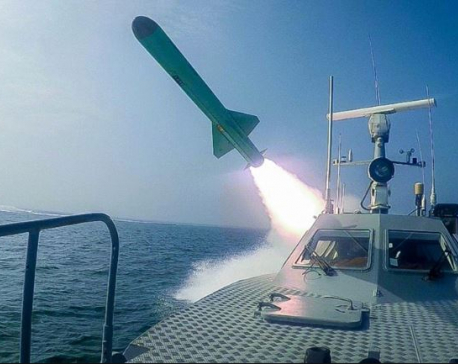
Iran’s counterstrike
The Middle East, indeed, the entire international community, was on tenterhooks after Israel struck the consular section of Iran’s embassy... Read More...

Do not make the probe committee a ploy to cover up crimes
In our country, almost all controversial events or decisions are investigated. Although such incidents are examined by probe committees, their... Read More...
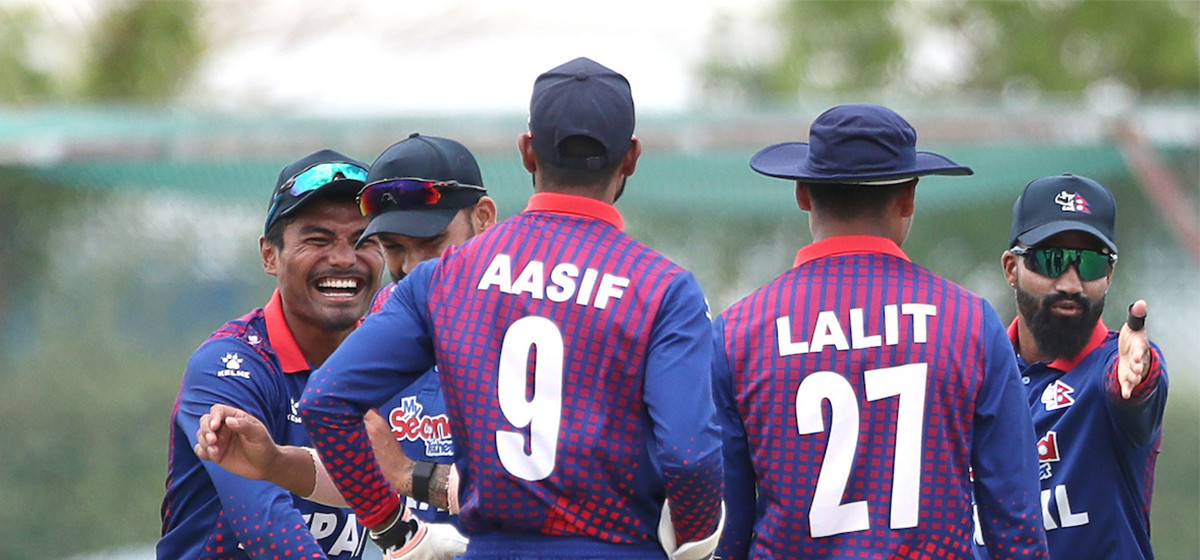

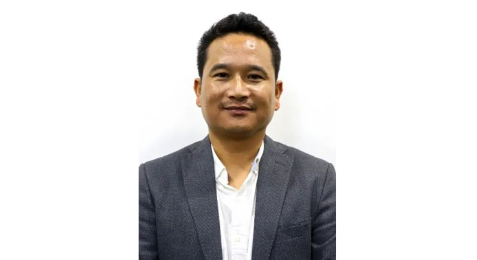

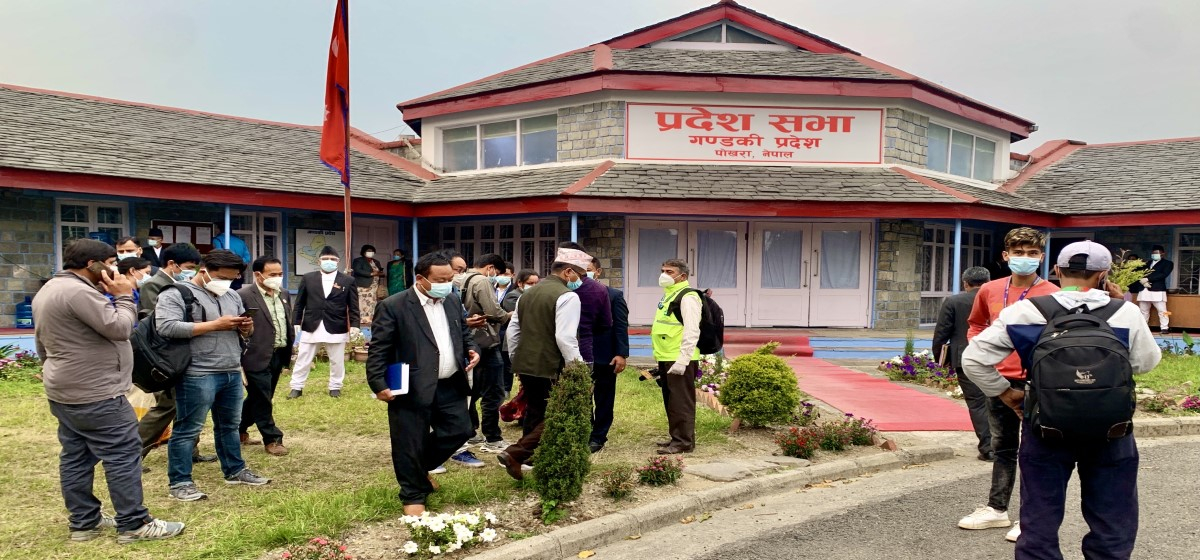

Just In
- Altitude sickness deaths increasing in Mustang
- Weather forecast bulletin to cover predictions for a week
- Border checkpoints in Sudurpaschim Province to remain closed till Friday evening
- Gandaki Province Assembly session summoned
- CM Karki to Speaker: Resolution motion for vote of confidence unconstitutional
- EC reminds all for compliance with Election CoC
- 13 killed, several injured after strike at Al-Maghazi refugee camp in Gaza
- NA team leaves for Solukhumbu to launch Clean Mountain Campaign







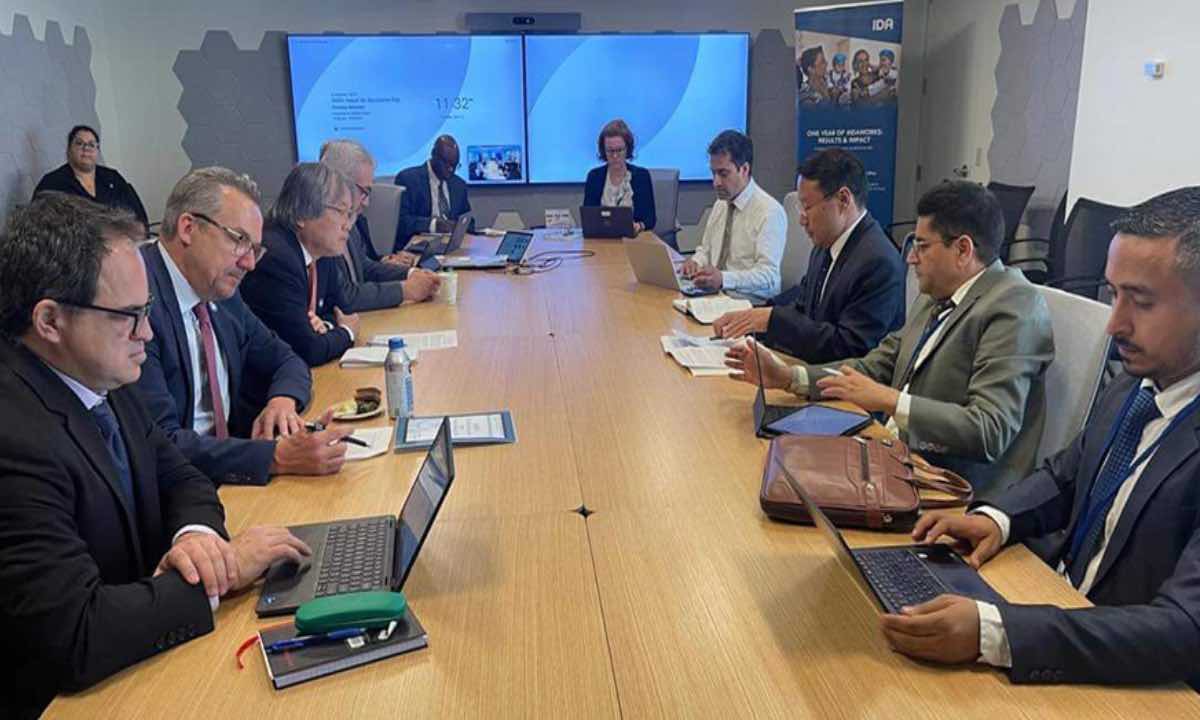

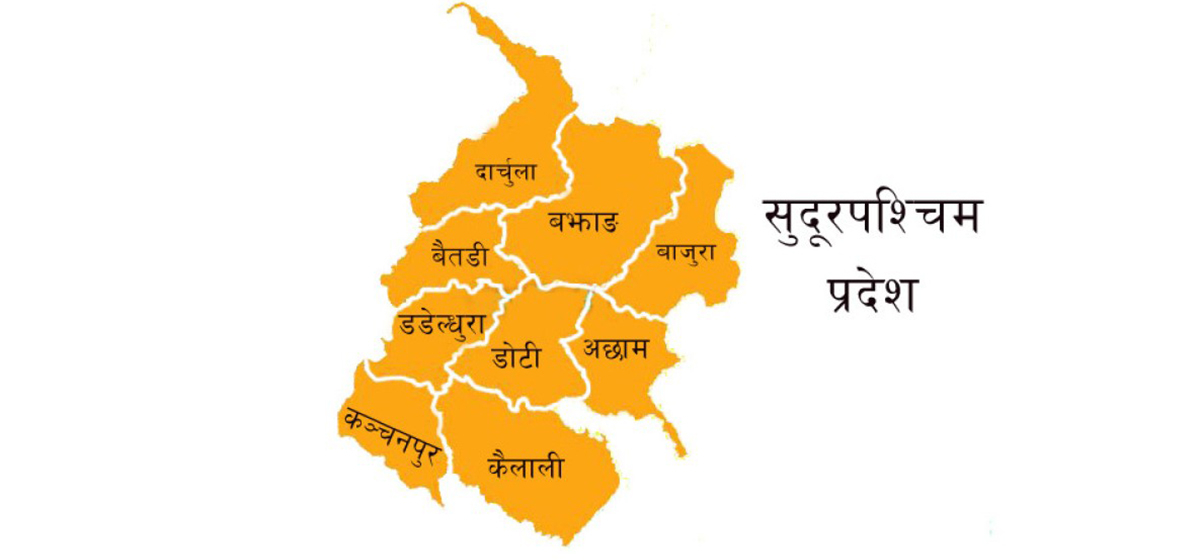
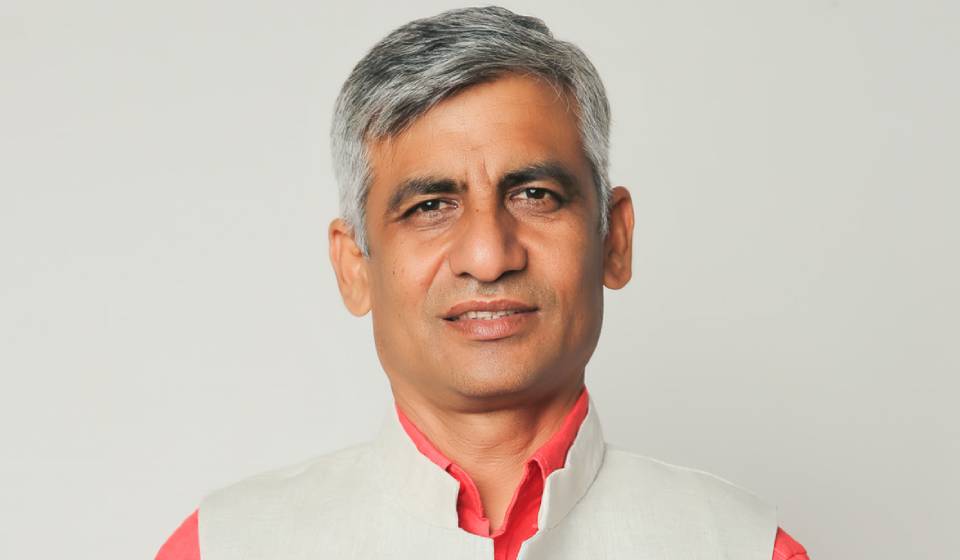
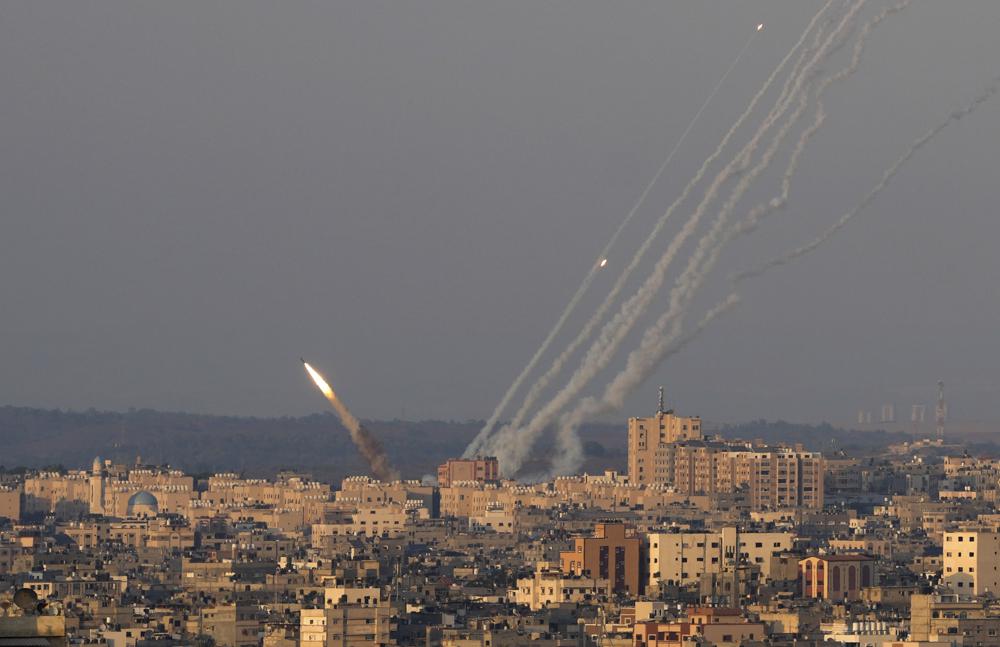
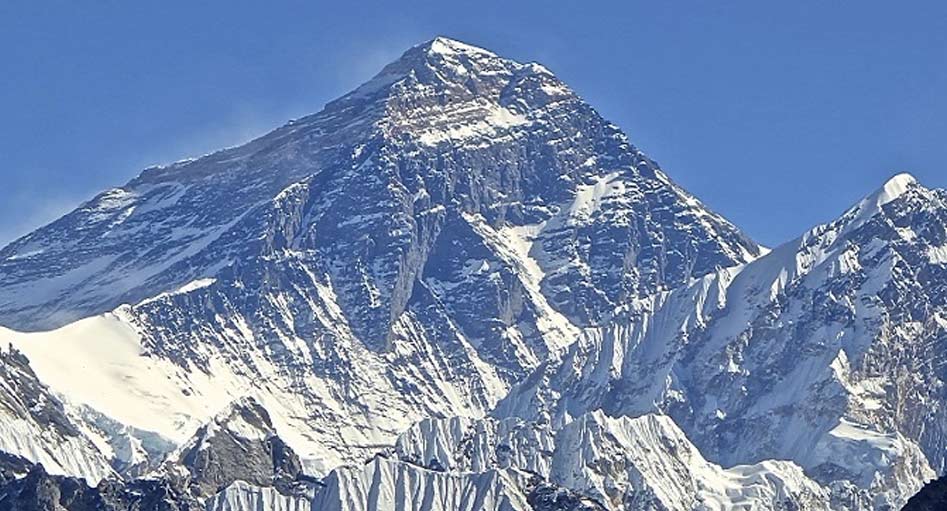
Leave A Comment